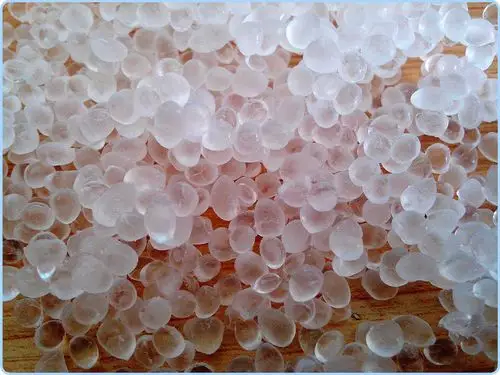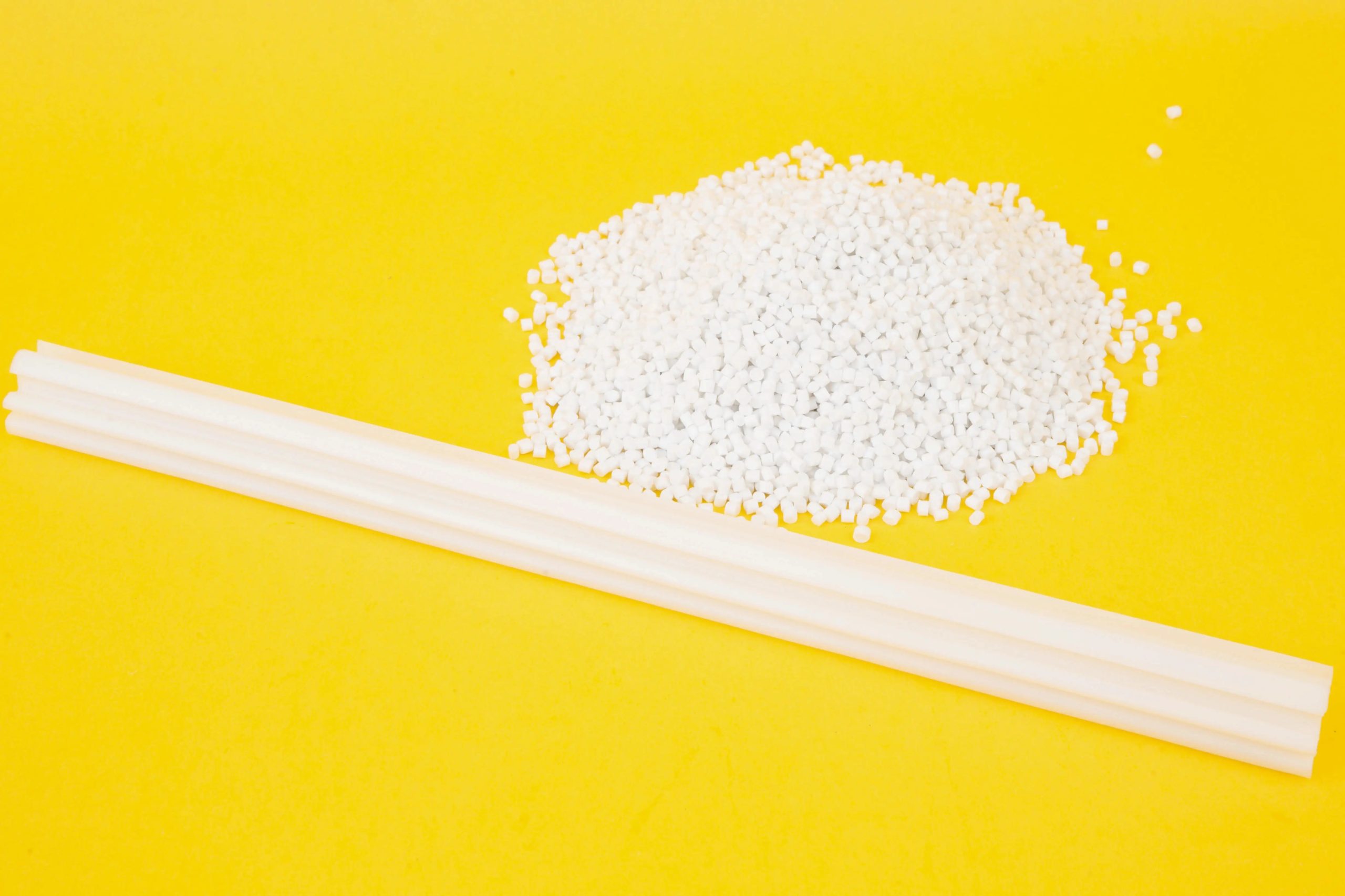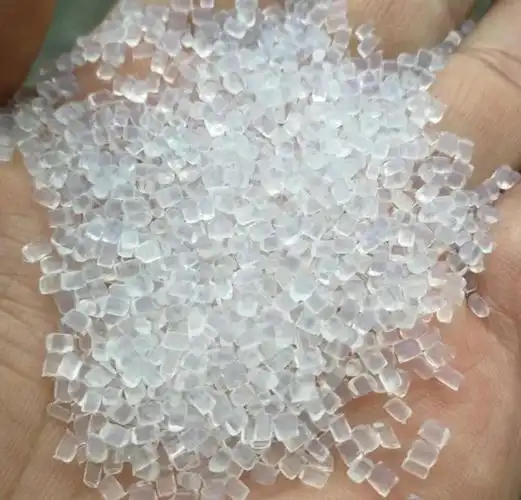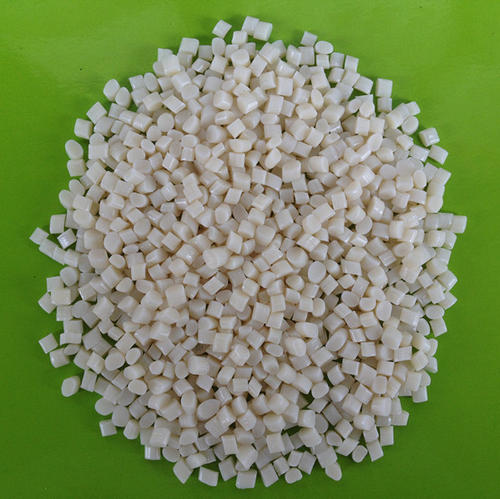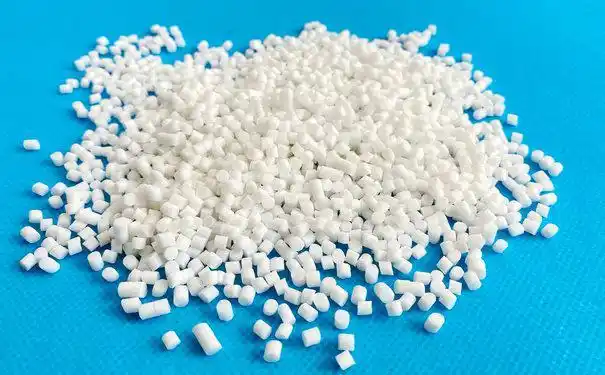Will TPE Toys Become Increasingly Hard Over Time?
In the world of adult toys, TPE (Thermoplastic Elastomer) has emerged as a popular material due to its unique combination of flexibility, softness, and affordability. However, one question that often arises among consumers and enthusiasts alike is: Will TPE toys become increasingly hard over time? As someone who has been deeply involved in this industry for years, […]
Will TPE Toys Become Increasingly Hard Over Time? Read More »



